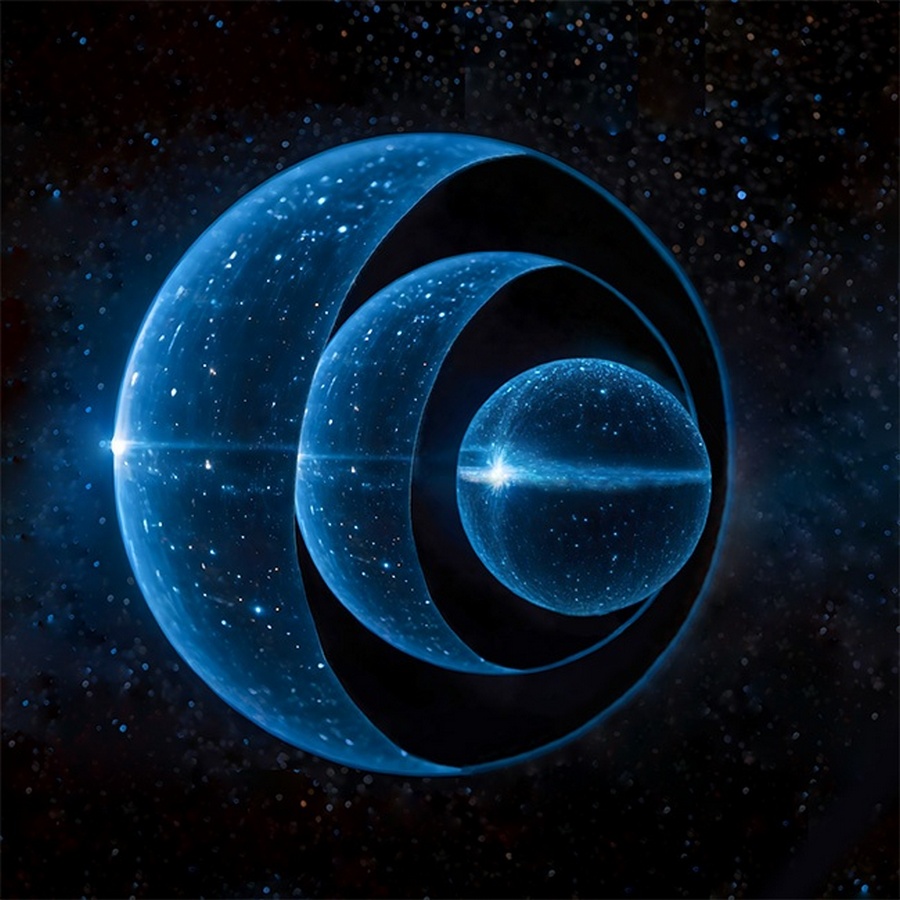According to the general theory of relativity, gravity is ultimately the predominant force. To overcome gravity, nuclear fusion in the bowels maintains stable pressure and creates resistance to collapse. But this process cannot last forever, because the resistance of gravity limits the amount of mass that a white dwarf or neutron star can have. If, at the final stage of its evolution, the mass of the star is more than 3 times the mass of the Sun, its gravity will be so powerful that it will overpower all other forces and the luminary will certainly collapse into a black hole.

Such a hypothesis about the formation of black holes has its own problems. According to the general theory of relativity, mass is compressed to a singularity, where the laws of physics are violated. This singularity is shrouded in an event horizon, which is the point of no return. Attempts to find alternatives that will avoid these problems are still ongoing, and scientists are offering very diverse and exotic hypotheses.
One alternative is a gravitational condensate star, or gravastar, which uses dark energy to resist gravity. The original model of the gravastar contained a Bose-Einstein condensate of dark energy surrounded by a shell of ordinary matter. However, this model had its own problems, such as shell instability.
The new model suggests considering an attachment of several gravastars. Instead of a single shell containing exotic dark energy, the model has several layers of nested shells with dark energy between them. The authors call this model a nestar, or nested gravastar. This alternative model makes it more stable, since the voltage of dark energy is better balanced by the weight of the shells.
Although the probability of the existence of nested gravastars is very low, the hypothesis of their existence is important for testing the boundaries of the general theory of relativity. They help to better understand gravitational physics. But the existence of these structures actually remains the subject of further research.
Earlier, we reported on how the black hole in the center of the Milky Way spun on the edge of physical possibilities.
According to sciencealert.com
Follow us on Twitter to get the most interesting space news in time
https://twitter.comne/ust_magazine


